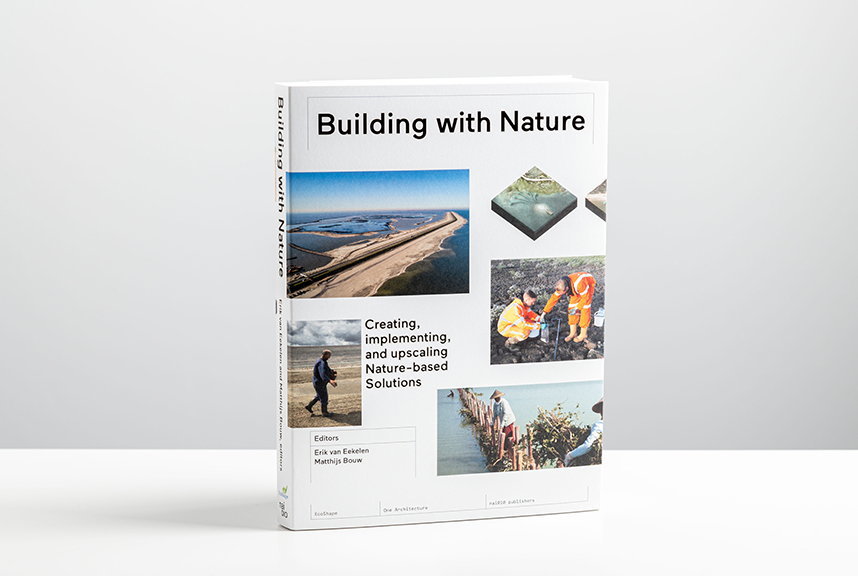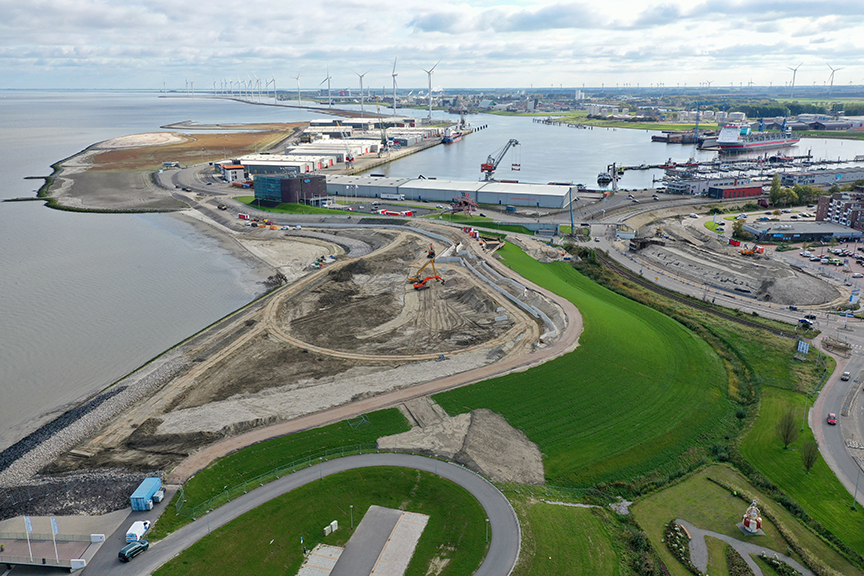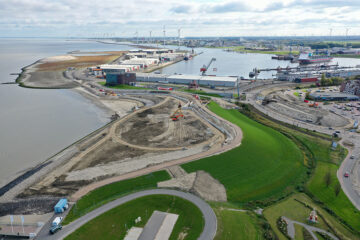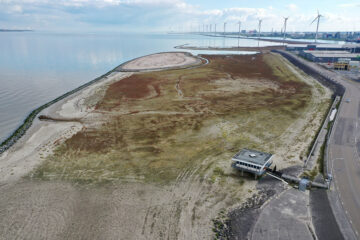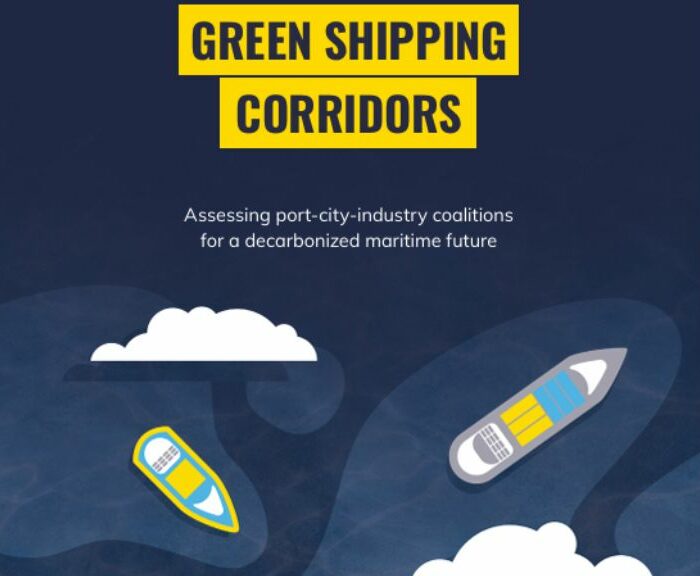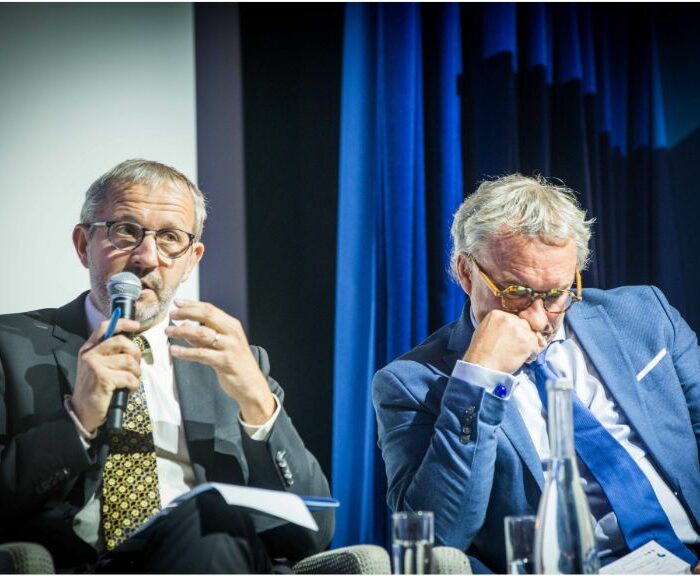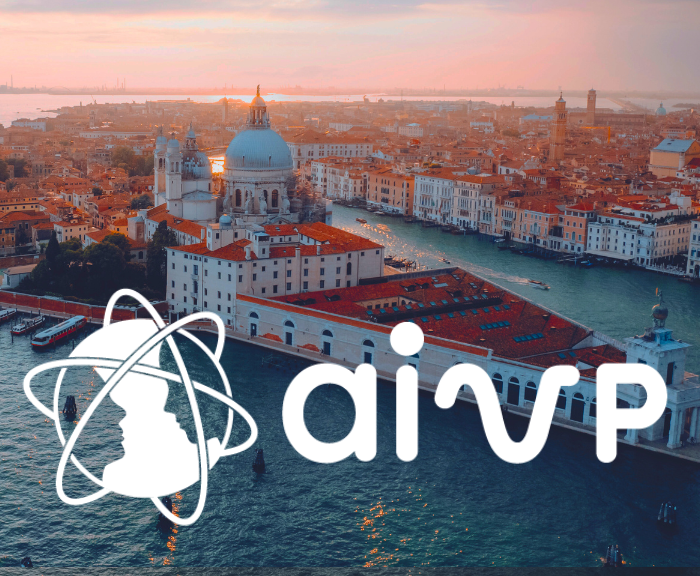
Adaptation to climate change is the first objective of AIVP’s Agenda 2030. It is one of the main concerns of coastal territories and port cities. As such, AIVP shares ideas that can inspire the various stakeholders to increase the resilience of the territories. In this article, Erik van Eekelen, sets out the six Enablers identified by EcoShape to “build with nature” in aquatic landscapes.
On the 25th of January, the Climate Adaptation Summit gathered several world leaders into a digital event, to put climate adaptation in the spotlight. Untill now, the Paris Agreement and many other world-wide initiatives on dealing with climate change have focused primarily on mitigation by limiting our greenhouse gas emissions towards zero by 2050. However, at the start of this decade, we can no longer close the eyes to the impacts that climate change is having already and will continue to have, even if we reach the most ambitious goals of the Paris Agreement. Rising sea levels, increased precipitation, droughts and heatwaves will disrupt the current status quo and impact our cities, landscapes, and ports. At the same time, we see a global decline in biodiversity. Ecosystems we depend upon are under an increased amount of stress. The majority of world leaders agree that we should act now: António Guterres (UN secretary-general), Ban Ki-moon (co-chair of the Global Commission on Adaptation), Boris Johnson, Emmanuel Macron, Angela Merkel, and John Kerry (Special Presidential Envoy for Climate of the United States of America) included that in their statements.
But what kind of action do we need? At the Climate Adaptation Summit and COP25 summit there was a common understanding that Nature-based Solutions (NbS) are an invaluable part of the solution. But do we know how to realize those on a sufficient scale? And what is possible in the context of ports and cities? Following the Building with Nature (BwN) approach, EcoShape aims to inspire and respond to these questions.
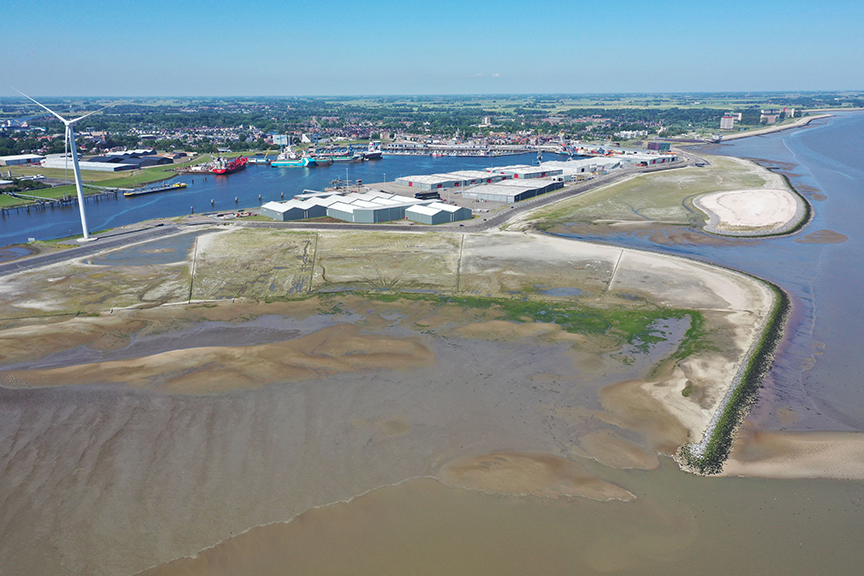
Building with Nature is a conceptual approach to creating, implementing, and upscaling Nature-based Solutions for water-related infrastructure. Shifting the development paradigm toward Building with Nature requires redefining what to do, which design steps to follow, and how to do so; that is, a complete change in thinking, acting, and interacting. Building with Nature is a methodology to mainstream Nature-based Solutions, since it offers guidance on implementation and design. Being build on practical experiences of initiating, designing and realizing (pilot-)projects and executing knowledge development projects, it provides practical insights, tools and hands-on approaches, along with its broader philosophy, design and implementation guidance. Successful implementation of Nature-based Solutions is only possible when a project team considers the surrounding natural and social system, and proactively harnesses the forces of nature. Early stakeholder involvement is essential to maximize the positive outcomes of a project. All Nature-based Solutions have four primary characteristics in common, namely that they are inherently dynamic, multi-functional, context-specific and innovative. To enable Building with Nature these aspects must be carefully considered throughout the development process, and EcoShape has defined six Enablers to do so:
- Technology and system knowledge: BwN requires knowledge of specific concepts and technology to design NbS. In addition, knowledge of the local ecosystem, social system, and physical system is essential for any BwN project to work
- Multi-stakeholder approach: One single party can rarely implement BwN. Successful projects require stakeholder engagement from the start and through all the phases of design, implementation, operation, and ongoing maintenance.
- Adaptive management, maintenance and monitoring: BwN designs are dynamic: they develop under changing climatic conditions. This requires an adaptive approach to manage, maintain, and monitor their performance long term.
- Institutional embedding: BwN should fit into the local institutional context, following its norms and regulations. Further policies and processes can be developed to support the co-creation, partnerships, and funding schemes necessary for BwN implementation.
- Business case: A sound and convincing business case can effectively generate support and financing for BwN applications. A key challenge is quantifying the wide range of savings and co-benefits of BwN, due to the ‘soft’ advantages and performance uncertainty of natural dynamics.
- Capacity building: Capacity-building among policymakers, industry managers, and the local community is essential. It takes place through education, training, and knowledge sharing. People familiar with the BwN philosophy are more likely to support and participate in its applications, which is a benefit to scaling up and especially critical for the maintenance of NbS.
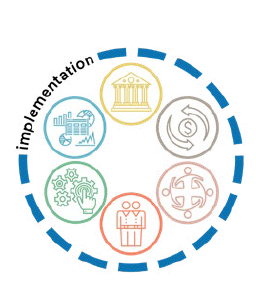
Ports and cities are anthropogenic, designed landscapes. Humans have interfered with the natural systems, since they started to navigate and trade to maximize benefits for their societies. Mono-functional infrastructure such as breakwaters, quays, roads and stormwater infrastructure have altered the water-land transition creating a border between the built environment and its natural surroundings. Climate change urges the re-development of these interfaces to increase their resilience and adaptivity. Building with Nature offers the opportunity to maximize benefits for society and for the surrounding natural system. This restores the connectivity with and within the ecosystem, sustains economic functions of cities and ports and increases flood safety. Due to relatively dense living, high land value, and large economic activity, there is both a need and an appreciation for these various benefits of nature-based solutions. The approach in cities and ports should focus on the sediment and water balance within the built environment, navigation channels and port basins, the creation of more natural water-land transitions and the potential to connect to and strengthen ecosystems nearby.
A good example is the Marconi waterfront development, in The Netherlands. Several BwN-principles were applied in the same project: 16 ha. of pioneer salt marsh and 13 ha. of recreational salt marshes with walkways and bird observation points were created. The city beach was enlarged and coupled to a multifunctional boulevard. The project contributed to flood risk reduction, enhanced salt marsh habitats, added recreational value, and helped to reconnect the city of Delfzijl with the sea. Integrating the various natural features gained broad support among multiple stakeholders. In all, the development made perfect use of the local context and the ambition to restore Delfzijl’s sea-focused identity, which had been diminished over the past century due to widespread industrialization and incremental dike strengthening works.
The case of Marconi waterfront demonstrates the potential of NbS in coastal territories. More innovative projects for climate change adaptation applying these principles can be found in the new book “Building with Nature: Creating, implementing and upscaling Nature-based Solutions”, published by EcoShape and nai010. From rivers and estuaries, to lowland lakes and port cities, each project provided lessons to be learnt and inspire local actors worldwide.
The book is available here
